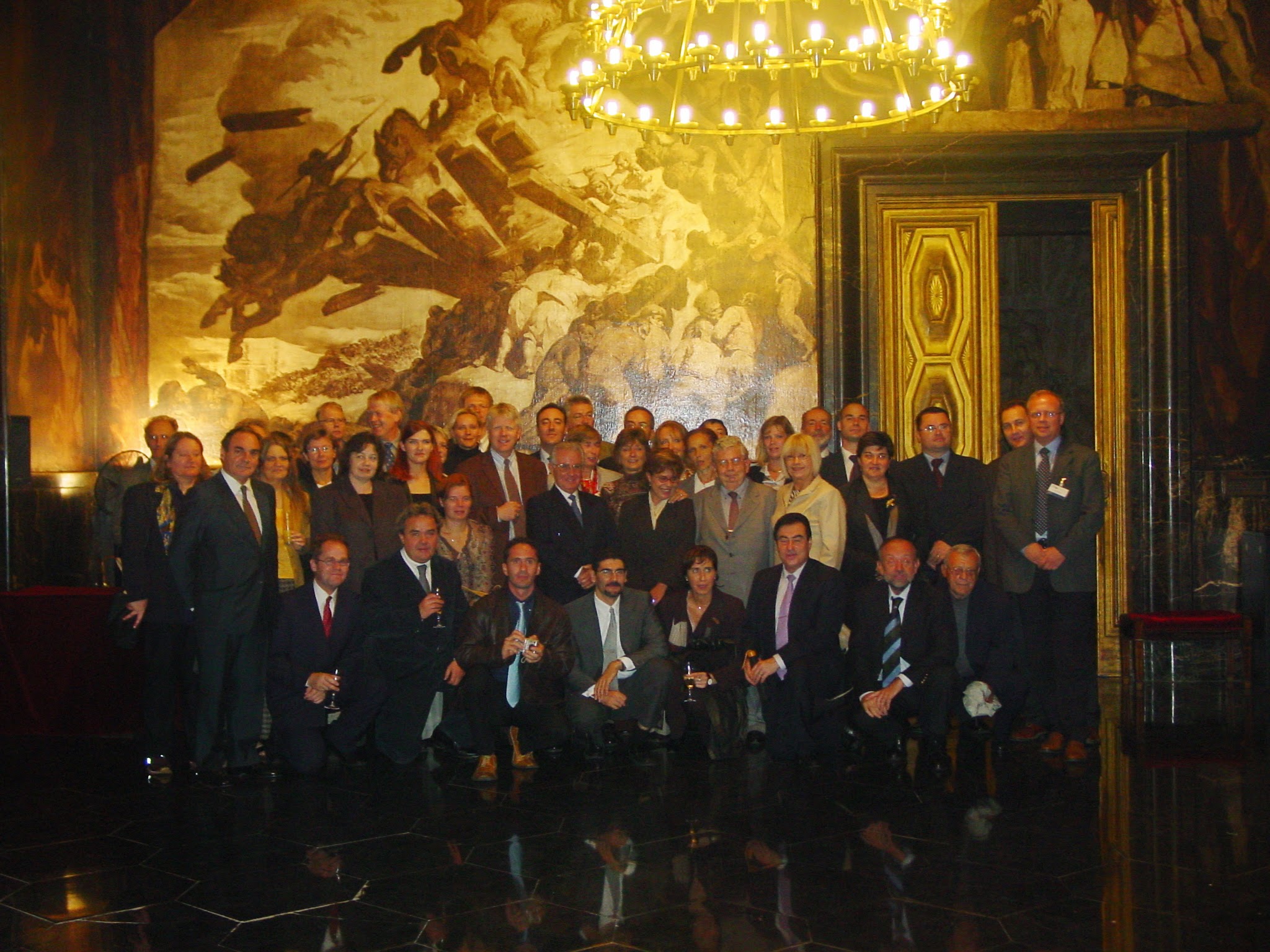
The idea of starting something new
At the end of 1999, my mixed fortunes as a civil service manager in the cultural sector who always tried to do his job with pride and competence, landed me with a job move to the Certosa di Bologna, the cemetery of my city. It was meant as a punishment but it later proved to be an extraordinary opportunity.
When confronted with a new challenge, I would usually consider the best European examples in the field to copy them or, better, adapt them to the situation in Italy. But this time I drew a blank. I found that, sadly and inexplicably, there was no European organisation that dealt with cemeteries as a cultural asset rather than as burial grounds. I therefore resolved to set one up.
Bringing together like-minded people
I would say that our "club", the Association of Significant Cemeteries in Europe (ASCE) is one of the first children of the internet. Indeed, I began browsing existing sites, collecting e-mail addresses, looking for a few names. Then I called a first meeting, sending invitations by e-mail. We met over dinner, on a balmy Italian evening in a beautiful street in the city centre that was closed to traffic, with a final downpour by way of blessing. It was an immediate success, so great was the need to meet among European researchers, scholars, and culturally aware officials who had realised the importance of cemeteries in the history of art and architecture, and in themselves as summaries, microcosms of the history of cities and countries.
The following meeting, again in Bologna, saw the birth of ASCE, which succeeded in drawing together all those brilliant minds, and over these past twenty years has radically changed the public perception of burial grounds, bringing them fully into the cultural circuits, and rescuing them from the mixture of ignorance and superstition to which they had been relegated. From the outset, the contribution of Eastern European countries, at the time recently freed from Soviet rule, was extremely important.
Team effort that led to great successes
In addition to launching this association, I was its president for seven years. It was an intellectual, political and personal adventure, which to me is summed up by the friendly faces of Tamara, Ilme, Indre, Audrone, Martin, Gunnar, Anders, Maria Luisa, Giulio, Lidija and many others that I would like to meet again, under the expert guidance of Franco Sborgi, Ornella Selvafolta, Paride Caputi and Paolo Giordano.
I share with Anders the great satisfaction of receiving the Europa Nostra Award and with Maria Luisa Yzaguirre the recognition of cemeteries as a Cultural Route of the Council of Europe.
Long live ASCE!
Mauro Felicori
founder of ASCE and its first president
*You can find the original article HERE.
